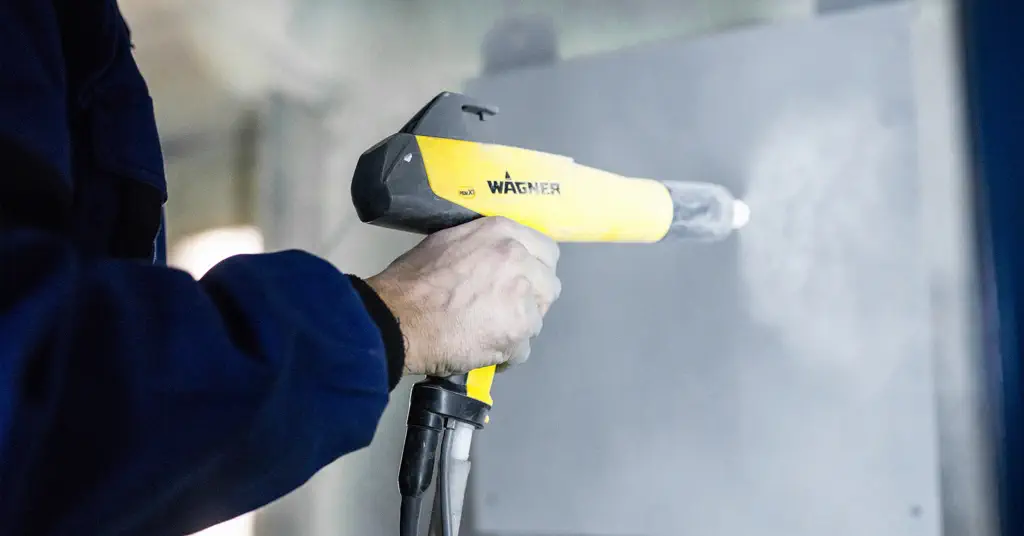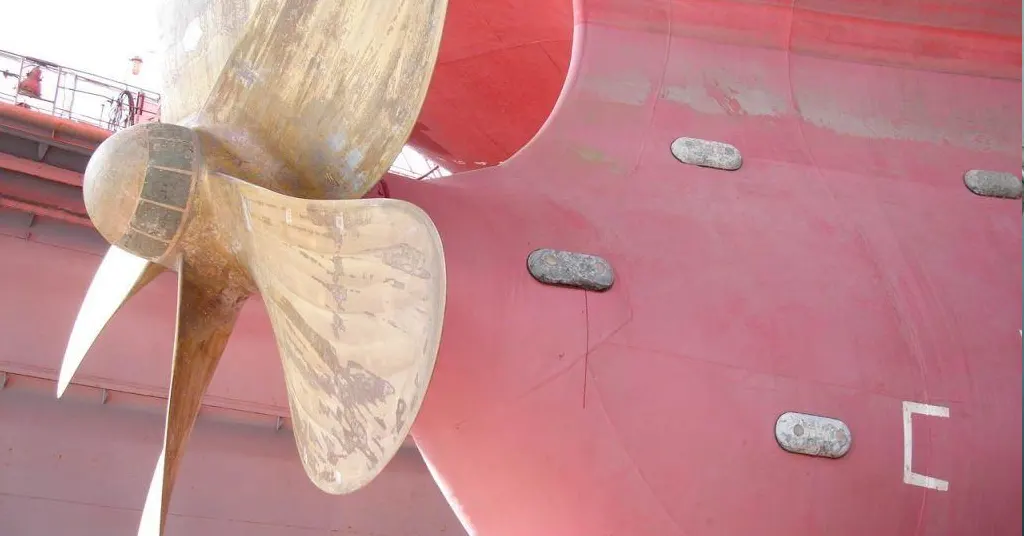What are the advantages of powder coatings in environmental protection?
Powder coating has always been popular as an environmentally friendly coating. Thanks to its excellent environmentally friendly performance, powder coatings are widely used in construction, medicine, chemical industry, agriculture, decoration, home appliances and other fields. This article will combine powder coating materials, manufacturing processes, usage processes and other fields to give you an in-depth understanding of the environmentally friendly advantages of powder coatings.
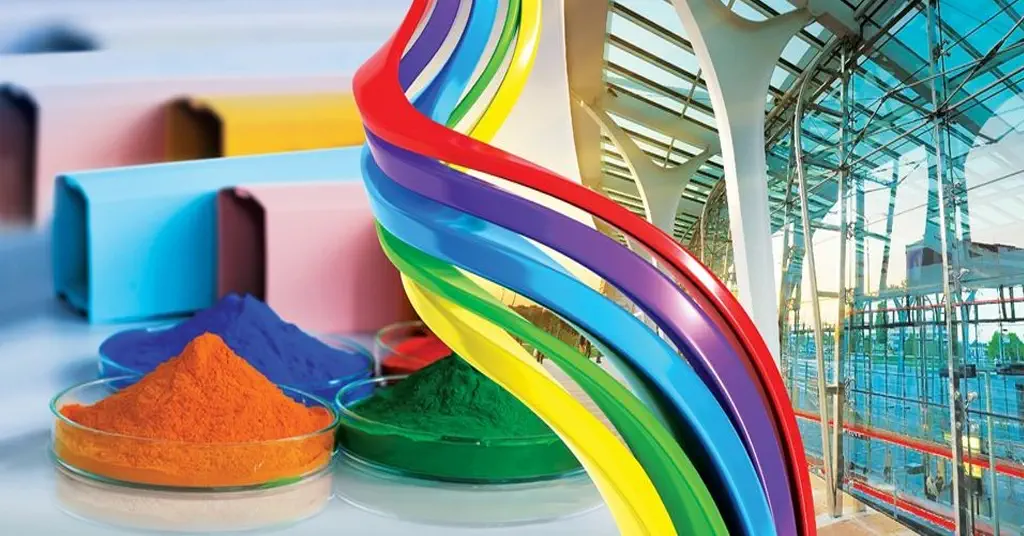
1. Without volatile organic compounds(VOCs)
Volatile Organic Compounds (VOCs for short) are a type of organic compounds that are easily volatile or evaporate at room temperature. These compounds can be quickly converted into gaseous forms and released into the atmosphere. VOCs generally have a high evaporation rate at room temperature, so they are easily emitted into the air and cause potential environmental and health impacts. Common volatile organic compounds include solvents in paints, plastic additives, glue additives, etc.
Powder coatings are different from traditional liquid coatings such as paint. Powder coatings do not require organic solvents during the curing process and therefore do not release harmful volatile organic compounds into the atmosphere. This helps improve air quality and reduce the negative environmental impact of powder coatings.
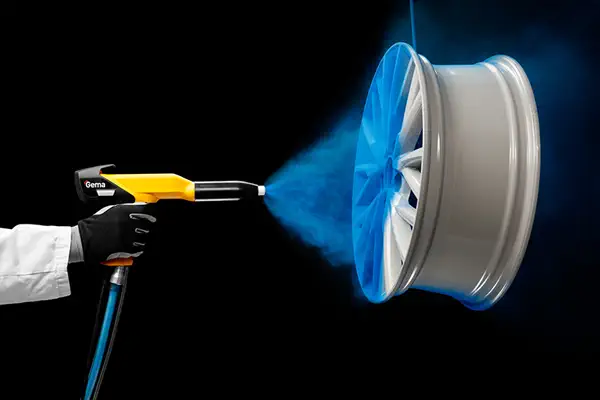
2. No solid waste
Powder coatings offer excellent paint utilization. During the construction process, powder coating that does not adhere to the workpiece can be collected and reused in the coating room. This efficient utilization method effectively reduces the consumption of powder coatings and reduces the pollution of chemical waste.
In obvious contrast, liquid coatings such as paint can often only be used once when sprayed. Liquid paint that does not adhere to the workpiece often becomes waste. In addition, paint cannot be recycled again, which not only pollutes the environment but also increases the cost of organic waste disposal.
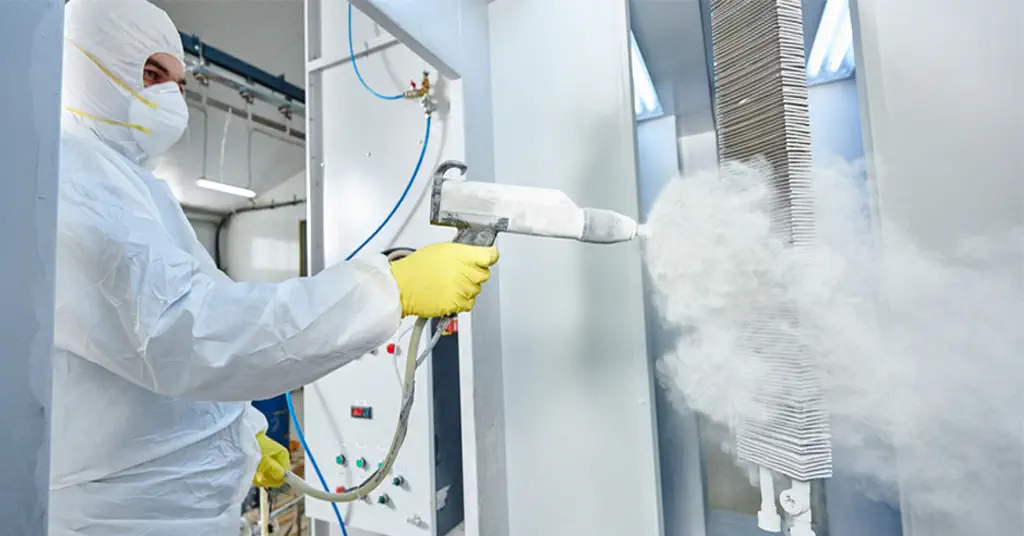
3. No liquid waste
Powder coatings do not require organic compounds as solvents during manufacturing and spraying. During use, the powder coating is evenly adsorbed on the workpiece based on the principle of electrostatic adsorption. During the curing stage of the powder coating, the powder coating will automatically adhere to the workpiece after high-temperature baking. From beginning to end, powder coatings do not require organic compounds as solvents to participate in the production and use process.
In stark contrast, industrial coatings such as paints often require organic compounds as solvents for dilution. If discarded paint is not treated promptly and professionally, it will seep into the soil and slowly endanger the natural water environment.
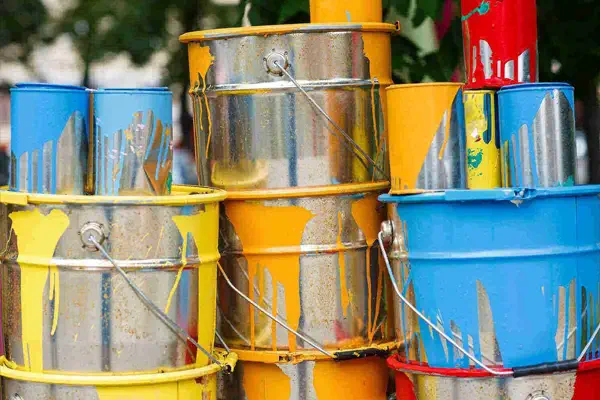
4. Good energy consumption and sustainability
Powder coatings consume less energy during use, and most of the energy is consumed in the melting and solidification process of powder coatings. The melting temperature of powder coating is not particularly high, so it should be a more energy-saving solution compared to other spraying projects. In addition, powder coatings are more durable and can have a longer service life outdoors and in harsh environments. This also means that we do not need to invest repeatedly in treating the outer surface of the workpiece and equipment in the same time. In the long run, this is also a protection for the environment.
Powder coatings consume less energy during use, and most of the energy is consumed in the melting and solidification process of powder coatings. The melting temperature of powder coating is not particularly high, so it should be a more energy-saving solution compared to other spraying projects. In addition, powder coatings are more durable and can have a longer service life outdoors and in harsh environments. This also means that we do not need to invest repeatedly in treating the outer surface of the workpiece and equipment in the same time. In the long run, this is also a protection for the environment.

Erik
Doctor of Chemical Engineering, expert in the field of powder coatings, with over 20 years of professional experience in the research and application of powder coatings
Have Anything To Ask Us?

